Palestine
Welcome to Palestine
Palestine is a land of profound historical significance, vibrant culture, and breathtaking landscapes. Nestled in the heart of the Middle East, this region offers travelers a unique blend of ancient heritage and contemporary life. From the bustling markets of Bethlehem and Hebron to the serene shores of the Dead Sea near Jericho, Palestine invites visitors to explore its rich tapestry of stories, traditions, and natural beauty. Despite challenges posed by political complexities, Palestine remains a welcoming destination where the warmth of its people and the depth of its culture shine through every experience.
Palestine consists mainly of the West Bank and Gaza Strip, with the West Bank being more accessible to tourists in 2025. The West Bank features fertile river plains, Mediterranean olive groves, and a variety of historical marvels spanning thousands of years. Key cities include Bethlehem, known for the Church of the Nativity; Hebron, famous for its ancient souks; Jericho, one of the oldest inhabited cities with remarkable archaeological sites; and Ramallah, the lively administrative capital with vibrant cafés and cultural life. Travelers to Palestine can expect a Mediterranean climate with four distinct seasons. The landscape varies from scrubby deserts to lush agricultural areas, offering scenic hiking opportunities and outdoor exploration. The cultural scene is enriched by skilled crafts, Arabic language beauty, and the spirited hospitality of the Palestinian people, making every visit a sensory and emotional journey.
1.
Historical and Religious Significance
Palestine is a cradle of civilization and faith, home to some of the world’s most revered religious sites. Bethlehem’s Church of the Nativity marks the birthplace of Jesus Christ, attracting pilgrims and history enthusiasts alike. Jericho offers the Mount of Temptation and the stunning Umayyad-era Hisham’s Palace with its intricate mosaics. The ancient ruins of Sebastia near Nablus and the biblical Jacob’s Well provide deep historical context that connects visitors to millennia of human history.
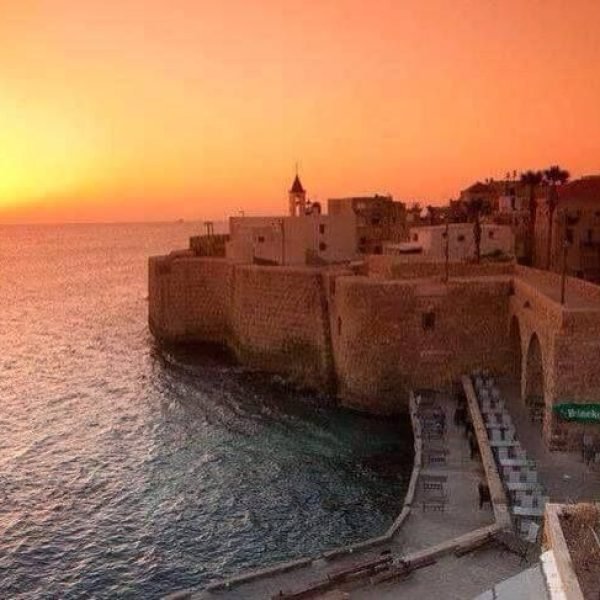
2.
Rich Culture and Warm Hospitality
Beyond its historical sites, Palestine is alive with culture and tradition. The bustling souks of Hebron and Nablus offer a taste of local life, where you can sample traditional foods like kunefe, a sweet cheese dessert famous in Nablus. The local crafts, vibrant markets, and the Arabic language’s lyrical beauty create an immersive cultural experience. Palestinians are known for their warmth and generosity, welcoming visitors to share in their everyday life and celebrations.
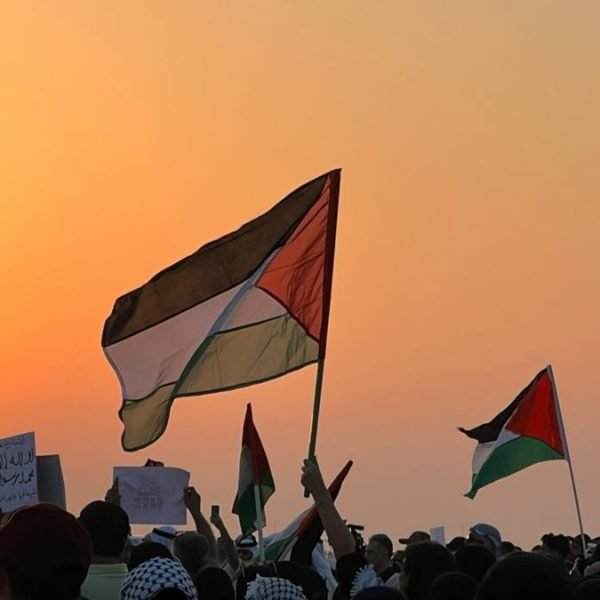
Planning Your Trip
Visa Information
There is no separate visa specifically for Palestine. Travelers generally enter through Israel, which controls access to the West Bank. Upon arrival at Israel’s Ben Gurion Airport or at land crossings from Jordan, visitors receive a tourist visa valid for up to 90 days, though the duration may be shorter depending on your stated travel plans. Since January 1, 2025, travelers must complete an Electronic Travel Authorization (ETA) form before departure. It is advisable to mention travel plans to Israel as well, rather than explicitly stating intentions to visit the West Bank, to avoid additional scrutiny or entry refusal.
Best Time to Visit
The best times to visit Palestine are during spring (March to May) and autumn (September to November). Spring offers mild temperatures and blooming landscapes, ideal for hiking and sightseeing. Autumn provides cooler weather and colorful scenery, perfect for outdoor activities and exploring ancient sites. Summers (June to August) are hot and dry, with temperatures often exceeding 30°C (86°F), and attract the highest number of tourists, especially in Bethlehem and Jerusalem. Winters (December to February) are mild with occasional rain, offering a quieter experience with fewer crowds and pleasant conditions for indoor cultural visits.
Getting To and Around
Getting There
The two main entry points to Palestine are via Israel’s Ben Gurion Airport near Tel Aviv or overland from Jordan through the Allenby/King Hussein Bridge crossing into the West Bank. Many travelers prefer the land route from Jordan for a smoother entry process. Since Palestine has no international airport, all air travelers must transit through Israel or Jordan.
Getting Around
Transportation within the West Bank is affordable and relatively straightforward. The most common mode of transport between cities is shared minivan taxis known as “Services” (pronounced “Servees”). These taxis depart from central points in cities, and drivers announce their destinations loudly in the streets. Cash is the preferred payment method, as Palestine operates largely as a cash economy. For longer distances, buses are available but can be less convenient due to checkpoints and route complexities. Within cities, walking and local taxis are common for short trips.

Accommodation
Palestine offers a diverse range of accommodation options catering to all budgets and travel styles, from budget-friendly hostels to boutique hotels and luxury stays. Choosing local accommodation not only enriches your travel experience but also supports the Palestinian community directly.
Accommodation Options
- Budget Stays:
Most cities in the West Bank have hostels and guesthouses that provide affordable lodging with both dormitory beds and private rooms. For example, EcoHostel in Ramallah is known for its friendly atmosphere and comfortable beds, making it a favorite among budget travelers. In Bethlehem, you can find traditional houses converted into guesthouses with charming verandahs and city views, offering a cozy and authentic stay. In Hebron, Friends Hostel in Area B is highly recommended for its welcoming environment and central location, allowing easy access to local attractions. - Mid-Range Hotels and Boutique Stays:
For travelers seeking more privacy and comfort without a hefty price tag, there are several mid-range hotels. The New Capitol Hotel in East Jerusalem is conveniently located near the Old City and offers simple, friendly accommodation. In Hebron, the Queen Plaza Hotel sits right on bustling Ein Sara Street, close to the Old City, providing a reliable and pleasant stay. Boutique guesthouses like Dar Sitti Aziza offer beautifully refurbished traditional homes with personalized service and unforgettable breakfasts, blending comfort with local charm. - Luxury and Unique Accommodations:
For those who prefer a more upscale experience, the West Bank features several luxury hotels. The Millennium Palestine Ramallah is a top choice for its modern amenities and central location. Another unique option is the Walled Off Hotel in Bethlehem, famous for its artistic ambiance and connection to local culture. These higher-end accommodations provide a blend of comfort, style, and cultural immersion. - Staying in Refugee Camps:
For travelers wanting a deeper understanding of Palestinian life, staying overnight in refugee camps such as Dheisha in Bethlehem, Aqabat Jabr in Jericho, or Hope Guesthouse in Hebron offers a rare and eye-opening experience. These stays allow visitors to connect personally with local families, hear their stories, and witness daily life in these communities.
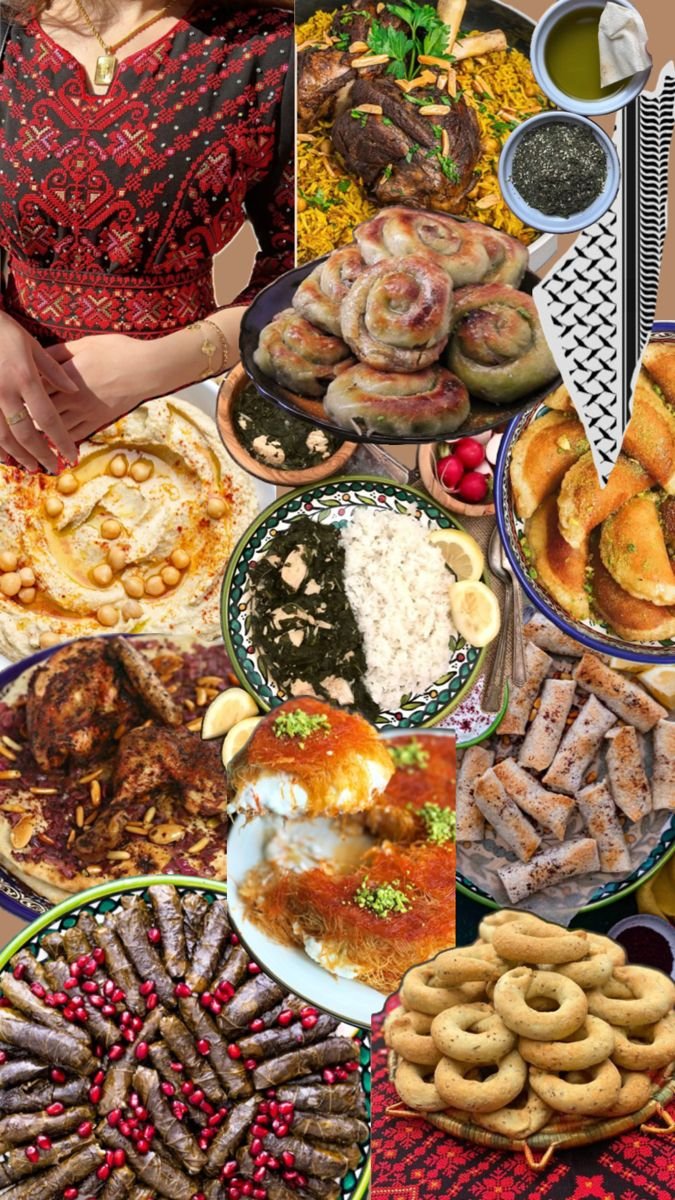
Food and Drink
Palestinian cuisine is a rich and integral part of the country’s cultural identity, characterized by fresh ingredients, aromatic spices, and generous hospitality. Food in Palestine is more than sustenance; it is a social and cultural experience centered on sharing and connection.
- Iconic Dishes to Try:
Some of the most beloved Palestinian dishes include:- Maqlouba: A hearty upside-down rice dish layered with fried vegetables like cauliflower or eggplant and meat (chicken or lamb), then flipped before serving.
- Mansaf: Considered the national dish, mansaf features lamb cooked in a fermented dried yogurt sauce, served over rice or bulgur.
- Musakhan: A simple yet flavorful dish of roasted chicken with sumac, onions, pine nuts, and olive oil, served on taboon bread.
- Warak Diwali: Stuffed grape leaves filled with rice and herbs, often served as a side or appetizer.
- Falafel: Deep-fried patties made from ground chickpeas or fava beans, widely available as street food or in sandwiches.
- Shawarma: Marinated meat cooked on a vertical rotisserie, served with salad and sauces in pita bread.
- Hummus: A creamy dip made from mashed chickpeas, tahini, lemon juice, and garlic, often accompanied by fresh bread.
- Vegetarian and Vegan Options:
While Palestinian cuisine traditionally centers on meat, vegetarian and vegan travelers will find plenty of delicious options. Staples such as falafel, hummus, fresh salads, lentils, and rice dishes are widely available. Many restaurants offer vegetarian versions of classic dishes, and fresh breads and vegetable-based stews are common. However, vegans should note that some dishes use dairy or eggs, so it’s useful to ask about ingredients. - Sweet Treats and Desserts:
Palestine is famous for its sweet pastries and desserts, often featuring nuts, cheese, and syrup. The most iconic sweet is Kenafah Nabulsia, a cheese pastry soaked in sugar syrup originating from Nablus. Other popular sweets include Baklawa (layered pastry with nuts and honey), Burma (fried sweet pastry), Muhalabiyeh (milk pudding), and Qatayef (stuffed pancakes typically served during Ramadan). - Street Food Culture:
Street food is an essential part of Palestinian culinary life, especially in cities like Hebron. Food stalls offer grilled meats, falafel, fresh salads, and sweets. The aroma of grilled chicken, tomatoes, onions, and peppers from BBQ stands is a common and inviting scent. Street food is affordable, flavorful, and a great way to experience local daily life. - Dining Customs:
Meals in Palestine are often communal and eaten with bread or a spoon rather than knives and forks. Sharing food is a sign of hospitality and friendship. Visitors are encouraged to join locals for meals, as food is a way to connect and experience Palestinian culture deeply. - Beverages:
Traditional drinks include Arabic coffee (often spiced with cardamom), mint tea, and fresh fruit juices. Soft drinks and international beverages are also widely available. Water is safe to drink in most urban areas, but bottled water is recommended for travelers.
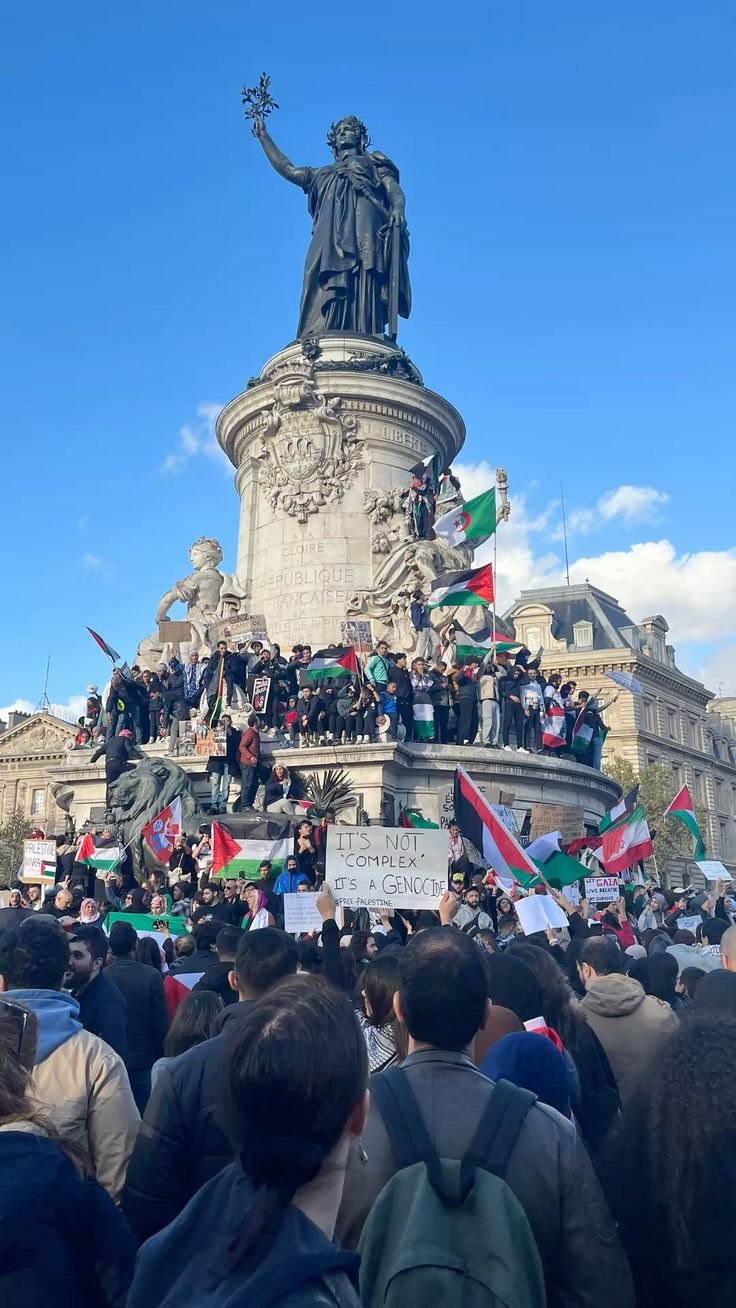
Must-See Attractions
- Church of the Nativity, Bethlehem
This iconic church marks the traditional birthplace of Jesus Christ and is one of the oldest continuously operating churches in the world. The Church of the Nativity is a pilgrimage site for Christians globally and features a stunning interior with a grotto beneath the altar. Visitors can also explore the adjacent Manger Square, a lively hub with local shops and eateries. Expect some queues, especially during religious holidays, but the spiritual and historical significance makes it well worth the wait.
- Cave of the Patriarchs, Hebron
Also known as the Ibrahimi Mosque, this site is sacred to both Muslims and Jews. It is believed to be the burial place of the biblical patriarchs and matriarchs. The building is divided into separate prayer areas for Muslims and Jews, reflecting the complex religious history of the region. The site is surrounded by impressive ancient walls and is a focal point of Hebron’s Old City.
- Mount of Temptation Monastery, Jericho
Perched on a cliff overlooking Jericho, the Mount of Temptation Monastery is a striking religious site said to be where Jesus was tempted by the devil. Visitors can reach the monastery by a scenic cable car ride, which offers breathtaking views of the Jordan Valley and the Dead Sea. The monastery itself is a peaceful retreat with chapels and monks’ cells to explore.
- Dead Sea
The Dead Sea, located near Jericho, is the lowest point on Earth and famous for its hyper-saline waters that allow effortless floating. The mineral-rich mud is renowned for its therapeutic properties, attracting visitors looking for natural wellness treatments. Spending a day here includes floating in the buoyant waters, applying mineral mud masks, and enjoying the unique desert landscape.
- Old City of Jerusalem
Although politically complex, the Old City of Jerusalem is a must-visit for its unparalleled religious and historical significance. It is home to the Al-Aqsa Mosque and the Dome of the Rock, two of Islam’s holiest sites, as well as the Western Wall, sacred to Judaism. The Christian Quarter contains the Via Dolorosa and the Church of the Holy Sepulchre, believed to be the site of Jesus’ crucifixion and resurrection.
- Hisham’s Palace, Jericho
This Umayyad-era archaeological site features the ruins of a grand palace built in the 8th century. Highlights include intricate mosaic floors, bathhouses, and a mosque. The site offers insight into early Islamic architecture and the luxurious lifestyle of the period.
- Dar Zahran Heritage Building, Bethlehem
A beautifully preserved 250-year-old home turned museum, Dar Zahran offers an intimate look at Palestinian history, culture, and art. Visitors can enjoy traditional tea while learning about local customs and crafts in a warm, homely atmosphere.
- Sebastia Ruins, near Nablus
Sebastia is an ancient city with ruins dating back to the Roman and Byzantine periods. Visitors can explore the remains of a Roman amphitheater, basilica, and Herodian tombs. The site offers a fascinating glimpse into the region’s layered history.
- Mar Saba Monastery, near Bethlehem
One of the oldest inhabited monasteries in the world, Mar Saba is a Greek Orthodox monastery nestled in a dramatic desert canyon. It is renowned for its stunning architecture and serene atmosphere, accessible by a short hike from the nearby village.
- Palestinian Cultural Centers and Museums
Cities like Ramallah and Nablus offer vibrant cultural experiences through museums such as the Mahmoud Darwish Museum and the Arafat Mausoleum. These venues celebrate Palestinian literature, history, and political heritage, enriching visitors’ understanding of the local identity.
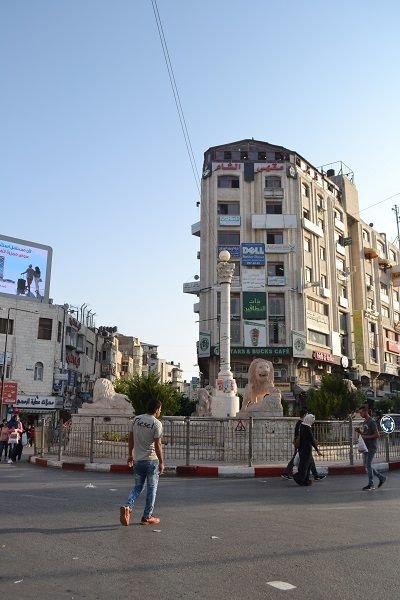
Must-Do Activities
- Guided Bethlehem and Jerusalem Religious Tours
Joining a guided tour through Bethlehem and Jerusalem allows you to deeply explore the religious landmarks with expert insights. Tours often include the Church of the Nativity, Shepherd’s Fields, Al-Aqsa Mosque, and the Old City’s quarters. These tours provide historical context and access to sites that might be challenging to navigate independently.
- Floating and Mud Bath at the Dead Sea
A quintessential Palestinian experience is spending time at the Dead Sea. Float effortlessly on the mineral-dense waters and indulge in a mud bath that is said to rejuvenate the skin. Many resorts and public beaches offer facilities for relaxation and wellness treatments.
- Explore Hebron’s Old City and Souks
Hebron’s Old City is a lively place to experience traditional Palestinian commerce and craftsmanship. Wander through the bustling souks selling glassware, ceramics, and olive wood carvings. Visiting the glass and ceramic factories offers a glimpse into artisanal production methods passed down through generations.
- Hike the Mount of Temptation Trail
For outdoor enthusiasts, hiking the trail up to the Mount of Temptation is rewarding. The path winds through rugged desert landscapes with panoramic views of Jericho and the Jordan Valley. At the summit, the monastery provides a quiet place for reflection.
- Attend Cultural Events and Festivals in Ramallah
Ramallah is the cultural and political heart of Palestine, known for its lively arts scene. Visitors can attend music concerts, poetry readings, and art exhibitions, often centered around the works of Palestinian artists and poets like Mahmoud Darwish. The city also boasts a vibrant nightlife with cafes and bars where locals and visitors mingle.
- Visit Olive Wood Workshops and Markets
Palestine is famous for its olive wood craftsmanship. Visiting workshops in Bethlehem or Hebron allows travelers to see artisans hand-carving intricate designs into olive wood, producing religious icons, kitchenware, and souvenirs. Purchasing these items supports local communities and preserves traditional crafts.
- Experience Palestinian Cuisine Through Food Tours
Participate in a food tour to taste authentic Palestinian dishes such as maqlouba, mansaf, musakhan, and knafeh. Many tours include visits to local markets, cooking demonstrations, and meals in family-run restaurants, providing a delicious introduction to Palestinian culinary heritage.
- Visit the Israeli Separation Barrier and Its Street Art
In Bethlehem, the Israeli Separation Barrier is covered with politically charged and thought-provoking street art, including works by the famous artist Banksy. Walking along the wall and visiting nearby museums offers insight into the contemporary realities faced by Palestinians.
- Explore Ancient Ruins at Sebastia and Herodion
History buffs can explore archaeological sites like Sebastia and Herodion, where ancient ruins tell stories of Roman, Byzantine, and Herodian eras. These sites are less crowded than major tourist spots, offering a peaceful and educational experience.
- Take a Day Trip to Masada and Qumran Caves (from nearby Israel)
While technically outside Palestine, many visitors use neighboring Israel as a base to visit Masada’s ancient fortress and the Qumran Caves where the Dead Sea Scrolls were discovered. These excursions complement a trip to the Dead Sea region and deepen understanding of the broader historical context.
Practical Tips for Enjoying Attractions and Activities
- Many religious and historical sites require modest dress and respectful behavior. Women should carry a scarf to cover their heads when visiting mosques or certain churches.
- Security checkpoints are common, so allow extra time for travel between destinations.
- Hiring local guides enhances the experience by providing historical background and navigating complex access routes.
- Cash is preferred for entrance fees and local purchases, as card payments are not always accepted.
- Try to visit popular sites early in the morning or late afternoon to avoid crowds and the midday heat.
Palestine in 2025 offers a rich palette of experiences, blending ancient history, spiritual depth, vibrant culture, and stunning natural beauty. Whether you are walking through the sacred halls of the Church of the Nativity, floating in the Dead Sea, exploring bustling souks, or hiking desert trails, the land’s stories and people will leave a lasting impression. This guide to must-see attractions and must-do activities will help you navigate and savor the best of what Palestine has to offer.
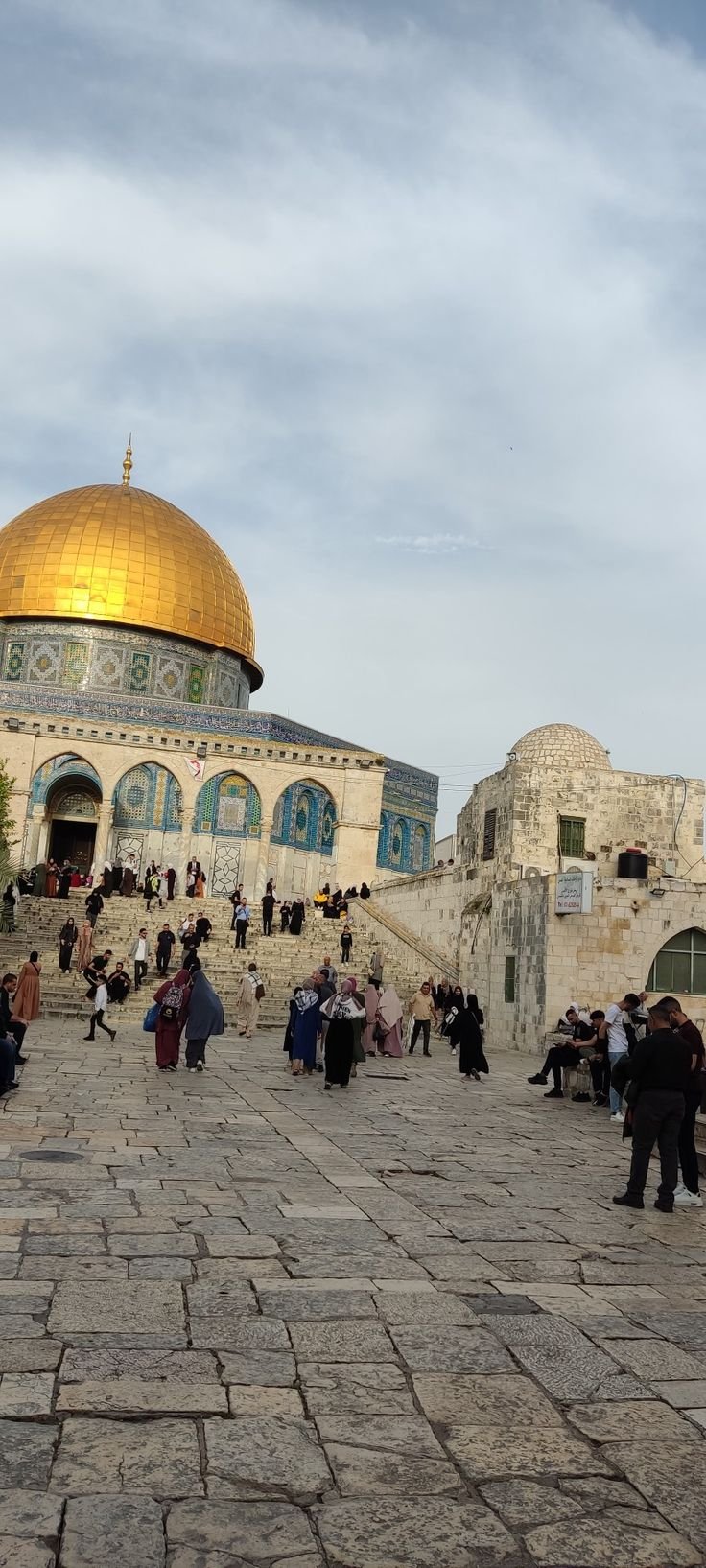
Travel Tips
Traveling to Palestine in 2025 offers a rich and rewarding experience filled with history, culture, and warm hospitality. However, due to the region’s complex political situation and unique social environment, it is essential for visitors to be well-prepared. This guide provides detailed, practical travel tips focusing on safety advice, local customs, and language basics to help you navigate your journey smoothly and respectfully.
Safety Advice
Understand the Security Situation
Palestine, comprising mainly the West Bank and Gaza Strip, is a region with a volatile security environment. While many visitors enjoy safe and positive experiences, it is crucial to stay informed about current events and potential risks. Travelers should regularly check official travel advisories from their home countries and local news sources before and during their trip. Avoid areas known for recent clashes or demonstrations, as these can escalate quickly and unexpectedly.
Avoid Large Gatherings and Demonstrations
Public demonstrations, protests, and political gatherings are common but can become unpredictable and sometimes violent. It is strongly advised to avoid all large gatherings and demonstrations to minimize risk. Even peaceful protests can turn confrontational due to the tense political climate.
Travel and Road Safety
Road conditions and driving behaviors in Palestine can be challenging for foreigners. Erratic driving and poorly maintained vehicles increase the risk of accidents. If you plan to drive, ensure you have the appropriate international driving permits and insurance that covers travel in the West Bank. Many car rental companies do not insure vehicles for use in Palestinian territories, so renting from East Jerusalem-based companies is often safer.
Hitchhiking is not safe and should be avoided. When traveling by car, expect frequent checkpoints where you will need to present identification and comply with security personnel instructions. Do not attempt to bypass or ignore checkpoints, even if they appear unattended.
If you venture into desert areas, such as near Jericho or the Dead Sea, travel with companions, carry sufficient water, have a mobile phone with coverage, and inform someone of your itinerary and expected return.
Public Transportation and Taxis
Public buses and taxis are commonly used for local travel. While generally reliable, travelers should remain vigilant, especially at bus stops and on crowded buses, due to occasional security incidents. Use registered taxis rather than shared or unlicensed ones, negotiate fares in advance, and avoid traveling alone at night.
Personal Security and Theft Prevention
Petty theft, including pickpocketing and bag snatching, can occur in busy markets, tourist sites, and crowded streets. To protect yourself:
- Keep valuables secure and out of sight.
- Use cross-body bags that are difficult to snatch.
- Avoid carrying large amounts of cash.
- Stay alert in crowded places such as souks in Ramallah, Bethlehem, and East Jerusalem.
Violent crime against tourists is rare, but basic precautions should always be observed.
Emergency Contacts
Familiarize yourself with local emergency numbers: police (100), medical emergencies (101), and fire services (102). Registering with your embassy or consulate upon arrival can provide additional support in emergencies.
Local Customs
Dress Modestly and Respectfully
Palestine is a predominantly Muslim society with strong cultural and religious traditions. Dressing modestly is important, especially when visiting religious sites such as mosques, churches, and monasteries. Women should carry a scarf to cover their heads when entering mosques and wear clothing that covers shoulders and knees. Men should avoid wearing shorts in religious or rural areas.
Respect Religious Practices
Palestine is home to significant Muslim, Christian, and Jewish sites, and religious observance is an integral part of daily life. Visitors should be respectful during prayer times and religious holidays. For example, during Ramadan, eating, drinking, or smoking in public during daylight hours is considered disrespectful.
When visiting mosques, remove shoes before entering and avoid loud conversations. In churches, photography may be restricted in certain areas, so always ask permission.
Photography Etiquette
Be cautious when photographing people, especially in sensitive or military areas. Always ask for permission before taking pictures of individuals, particularly women and children. Avoid photographing security forces, checkpoints, or military installations, as this can lead to confrontation or confiscation of equipment.
Social Interactions
Palestinians are known for their hospitality and warmth. It is common to be invited for tea or a meal, and accepting such invitations is a wonderful way to connect with locals. When greeting, a handshake is customary, but be mindful that some conservative individuals may prefer not to shake hands with members of the opposite sex.
Tipping and Bargaining
Tipping is appreciated in restaurants, cafes, and for services such as taxi rides and guided tours. A tip of around 10% is customary. In markets and souks, bargaining is expected and part of the shopping experience. Approach negotiations with good humor and respect.
Language Basics
Arabic – The Official Language
Arabic is the official and most widely spoken language in Palestine. The Palestinian dialect is a variant of Levantine Arabic, characterized by its own unique pronunciation and vocabulary. While Modern Standard Arabic is used in formal settings, daily conversations are mostly in the local dialect.
Common Arabic Phrases for Travelers
Learning a few basic Arabic phrases can greatly enhance your interactions and show respect for local culture:
- Hello: Marhaba (مرحبا)
- Peace be upon you (common greeting): As-salamu alaykum (السلام عليكم)
- Thank you: Shukran (شكرا)
- Yes: Na’am (نعم)
- No: La (لا)
- Please: Min fadlak (to a male), Min fadlik (to a female) (من فضلك)
- Excuse me / Sorry: Afwan (عفوا)
- Goodbye: Ma’a salama (مع السلامة)
- How much? Kam? (كم؟)
- Where is…? Ayna…? (أين…؟)
English and Other Languages
English is commonly spoken in tourist areas, hotels, and by younger Palestinians, especially in cities like Ramallah and Bethlehem. Hebrew is also spoken by some Palestinians due to proximity and interaction with Israel. French and German may be heard occasionally, as many tourists and aid workers come from Europe.
Using Language to Connect
Even if your Arabic is limited, a friendly smile and effort to use simple phrases are warmly received. Palestinians appreciate when visitors show interest in their language and culture, which can open doors to deeper cultural exchanges.
Final Thoughts
Traveling to Palestine in 2025 requires thoughtful preparation, cultural sensitivity, and awareness of the security environment. Staying informed about the latest safety updates, respecting local customs, and learning basic Arabic phrases will enrich your experience and help you navigate the region confidently. By following these travel tips, you can enjoy the profound history, vibrant culture, and genuine hospitality that Palestine has to offer while ensuring your journey is safe and respectful.

